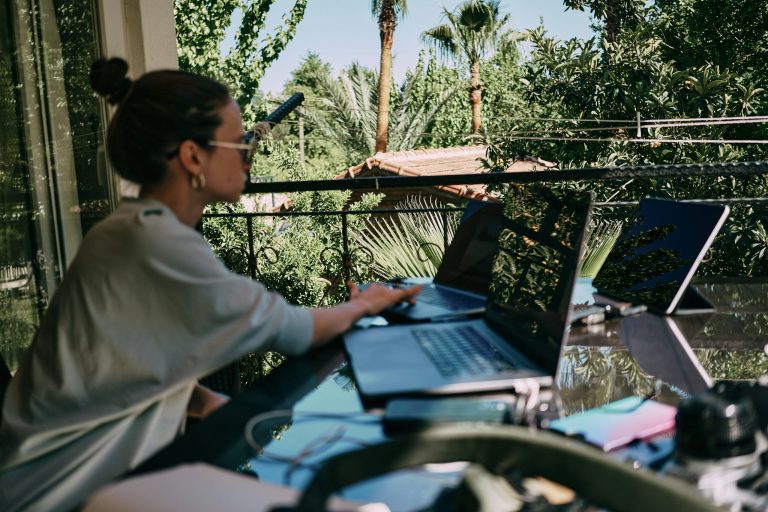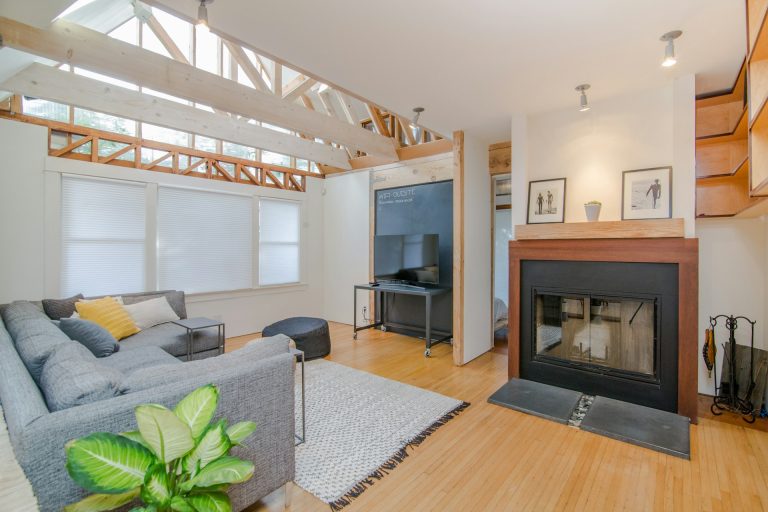Mexico City for Digital Nomads: Work and Explore Guide
The detailed guide for digital nomads looking to live in CDMX. We review options for accommodation, visas, leisure and more.
Mexico City (CDMX) is a city that stands out among Spanish-speaking capitals for being the epicentre of artists, multicultural communities, and, of course, digital nomads and freelancers looking to live in different cities while working remotely. It’s a dynamic city, like any metropolis in large countries, offering digital nomads a variety of leisure options, museums, events and much more. If, as a digital nomad, you need a guide to living in CDMX, this article is for you.
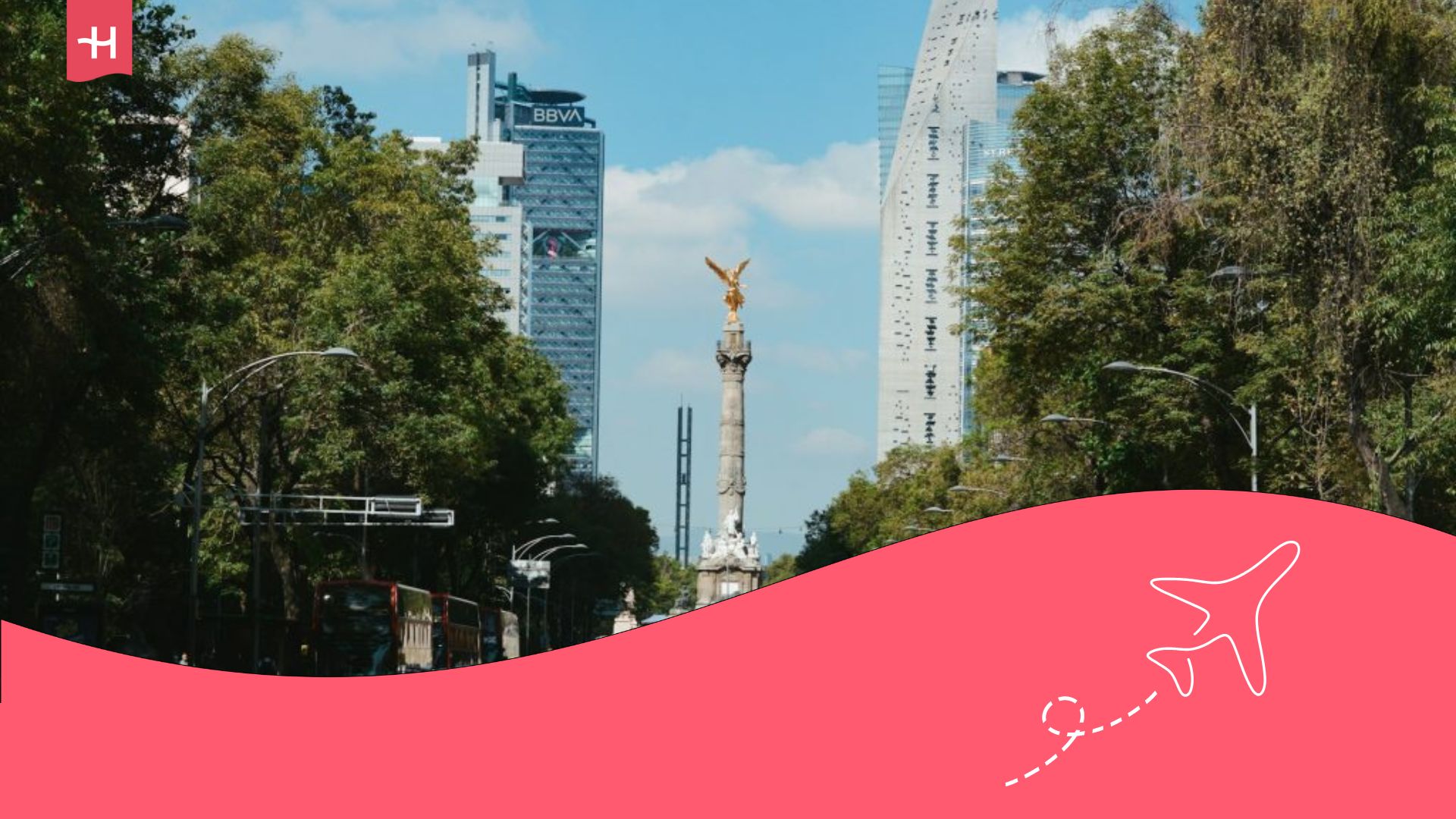
Why choose CDMX to live as a digital nomad?
CDMX combines the best of both worlds: Metropolitan life with a strong cultural heritage and affordable prices compared to other major global cities. These are some of the reasons why more and more digital nomads are choosing this city:
- Digital nomad communities: CDMX has a large international community, ideal for networking and making both work and social contacts. There are meetup events and gatherings in spaces such as co-workings and cafés.
- Quality of life: Although traffic and pollution can be a challenge, the city offers an excellent cultural offer, world-renowned gastronomy and green areas such as the Chapultepec Forest.
- Connectivity: CDMX is one of the largest airports in Latin America, with direct flights to multiple international destinations. In addition, the public transport system facilitates movement within the city.
- Job opportunities and entrepreneurship: The city is home to many international start-ups and companies, opening up opportunities for freelancers and entrepreneurs alike.
- Internet in CDMX: The capital offers good connectivity, with speeds that allow you to work without problems. The city also has free Wi-Fi in public spaces such as parks and squares. To complement and connect you at any time, you should look for the best eSIM for Mexico to meet your needs. Holafly eSIM has been the first choice for many digital nomads.
Visas allowing legal residence as a digital nomad in CDMX
Although Mexico doesn’t have a specific digital nomad visa, there are several options that allow foreigners to reside and work remotely from CDMX:
- Tourist visa: Allows a stay of up to 180 days. It’s ideal for those who plan to work remotely for a short period of time without the need for complex paperwork. However, it cannot be extended directly.
- Temporary Resident Visa: Allows a stay of 1 to 4 years and is perfect for those who wish to stay longer in Mexico. This visa is renewable and can be changed to permanent resident status after four years.
- Work or freelance visa: If you wish to formalise your stay as a freelance worker, you could apply for this visa. Requires the presentation of a contract with a Mexican company or proof of regular income as a freelancer.
It’s important to check the Mexican visa requirements in advance and consider that some visas require an application from your home country.
Where to live and work as a digital nomad in CDMX?
Recommended neighbourhoods for digital nomads
CDMX is a huge city, so choosing the right neighbourhood is key to enjoying the experience:
- Roma and Condesa: These two neighbourhoods are preferred by the digital nomad community. They offer an abundance of Wi-Fi cafés, restaurants, and parks. Here you will find some of the best co-workings in CDMX.
- Polanco: With a more exclusive atmosphere, Polanco is perfect for those seeking luxury and comfort. It has access to high-end shopping centres and restaurants, as well as several premium co-working spaces.
- Coyoacán: This neighbourhood, known for its bohemian and cultural atmosphere, is an excellent option for those seeking tranquillity and a connection with art. It offers public spaces with good internet access and traditional markets.
Accommodation options in CDMX
CDMX offers a variety of accommodation options:
- Co-livings in CDMX: A popular choice among digital nomads for offering accommodation and workspaces in one place. Some co-livings include community events, ideal for networking.
- Airbnb and furnished flats: Temporary rentals are another convenient alternative, with options both in central neighbourhoods such as Roma or Condesa and in more accessible areas.
- Hotels and hostels: There are hostels with common areas and free Wi-Fi, ideal for those who prefer short stays and want to socialise.
Co-working spaces in CDMX
CDMX is home to numerous co-working spaces to suit different budgets and work styles:
- WeWork Reforma: One of the most popular, with central locations and flexible membership options. Prices start at $3,500 MXN per month for a shared desk, around $173 US.
- Public Co-working: Offers a creative environment in various locations in the city. In addition to workspaces, there are networking events for the community.
Public spaces with good internet connection
CDMX also offers parks and cafés with free Wi-Fi for those who prefer to work outdoors or in less formal spaces:
- Parque México: In the Condesa, it’s ideal for working surrounded by nature. It offers public Wi-Fi and seating areas.
- Vasconcelos Library: This space has free Wi-Fi and quiet areas perfect for concentration. It’s also close to other points of interest in the city.
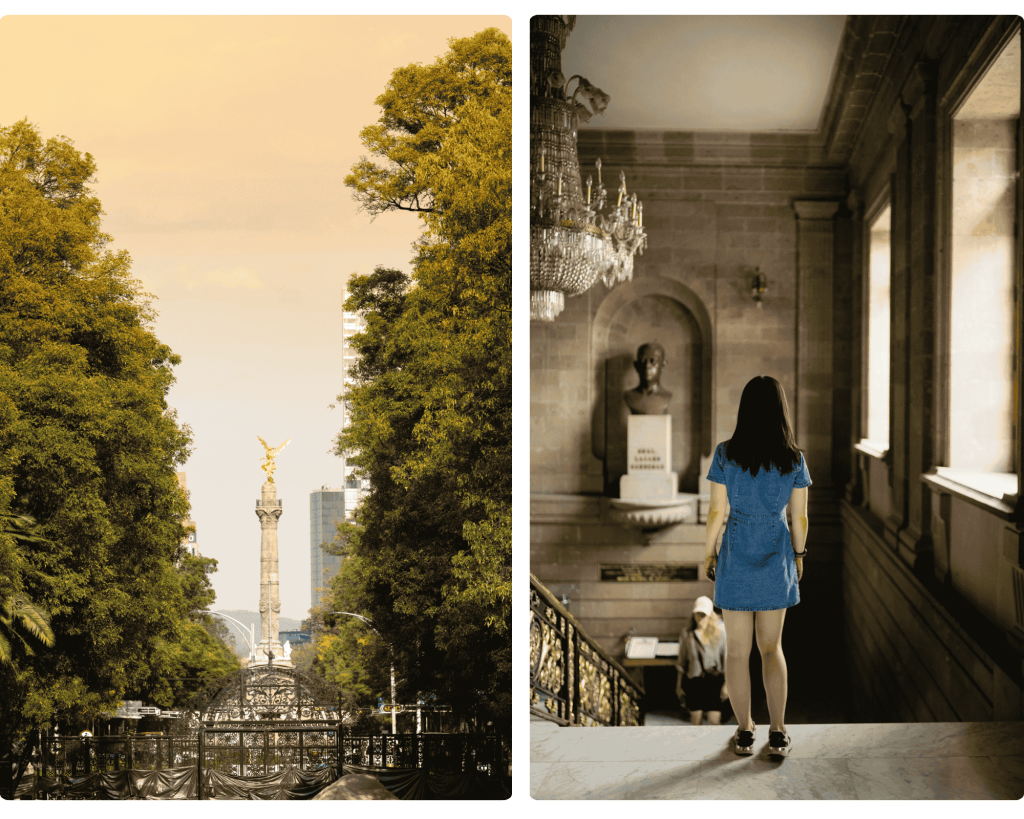
Taxes to be aware of in CDMX
The tax situation for digital nomads in Mexico can vary depending on nationality, length of stay and whether there is a double taxation agreement with Mexico. It’s essential to understand the tax rules before setting up in CDMX to avoid legal problems or unexpected payments.
Is it necessary to pay taxes as a digital nomad in CDMX?
- Tax residents: In Mexico, a person becomes a tax resident if he or she stays in the country for more than 183 days in a calendar year or has his or her centre of vital interests in the country (such as principal income or base of operations in Mexico). Tax residents are taxed on their global income, that is, both what they earn inside and outside of Mexico.
- Non-residents: If you stay for less than 183 days, you won’t normally have to pay tax on your overall income. However, if you earn income from activities in Mexico (such as freelance services for local companies), that income may be taxable in Mexico.
Double taxation treaties
Mexico has double taxation treaties with several countries, which prevents individuals from paying taxes twice on the same income: Once in Mexico and once in their country of origin. To take advantage of these agreements, you’ll normally need to present documents such as a tax residency certificate issued by your country.
Consulting a specialised tax advisor in Mexico is highly recommended to understand your obligations and benefits, especially if you plan to stay longer than six months or receive income from local clients.
Health insurance and quality of health service
Having good health insurance for digital nomads is essential for living in CDMX, as access to healthcare can vary between the public and private systems. Here we explain the available options.
Access to the health system
- Public health system: In Mexico, access to the public health system is managed through the Mexican Social Security Institute (IMSS), although it isn’t oriented towards tourists or foreign self-employed workers. However, those who have temporary residency or are employed by a Mexican company can join the IMSS for an annual fee.
- Private health care: Most digital nomads opt for private care, which offers high-quality hospitals and immediate care. Some popular hospitals, such as Hospital ABC and Médica Sur, have English-speaking staff, which facilitates communication.
Recommended health insurance for digital nomads
- International health insurance: Companies such as SafetyWing, Cigna Global, and World Nomads offer international health insurance specifically for travellers and digital nomads. These insurances cover both emergencies and medical consultations in Mexico and other countries.
- Local coverage: There are also national private insurance options, such as those offered by GNP or AXA Mexico, which tend to be cheaper if you plan to stay for a longer period of time.
It’s important to check that the insurance covers hospitalisation, emergency and outpatient care, as costs in private hospitals can be high without coverage.
Important: If you are a frequent traveler and want to stay connected without worrying about expensive roaming or looking for a new SIM or pocket WiFi for Mexico, Holafly’s subscription plans are for you. With a single eSIM, enjoy internet in more than 170 countries for a fixed price and no surprises on your bill. Travel without limits and connect easily and securely! 🚀🌍

Daily life for a digital nomad in CDMX
Daily life in CDMX is dynamic and offers many amenities, but it’s important to know practical details about transport, mobility and managing finances to make your experience as smooth as possible.
Transport and mobility
Getting around CDMX can be both efficient and chaotic, depending on the options you choose.
- Public transport
- Metro: The CDMX metro is fast and inexpensive, with tickets costing only $5 MXN or $0.25 US. However, it can be very busy at peak times.
- Metrobus and buses: Metrobus is another efficient option that connects many important areas. Local buses are also useful, although they can be confusing for those who don’t know the routes well.
- Taxis and car sharing: Uber, Didi and Cabify services are popular with residents and tourists for their safety and convenience. Traditional taxis are also available, but it’s advisable to order them from official apps.
- Driving in Mexico
- If you have a foreign driver’s licence, you can use it temporarily, although some states may require validation if you plan to stay longer.
- For those looking to stay longer, it’s possible to apply for a Mexican licence on presentation of documents such as your passport and proof of address.
Financial management
Money management is a key issue for any digital nomad. In CDMX you’ll find both traditional banks and digital options that make it easier to manage your finances.
- Recommended banks for foreigners: Among the traditional banks, BBVA Mexico and Santander are popular for their branch network and English-language services.
- Digital banks: Options such as NU Mexico or Hey Banco are increasingly used for their ease of opening accounts and operating completely digitally, without the need to go to branches.
Withdrawing money and additional costs
- ATMs: CDMX has a wide availability of ATMs, and banks such as BBVA, Citibanamex and HSBC tend to have a strong network. In any case, be aware that some ATMs may charge fees for international withdrawals.
- Card payment: Most shops in CDMX accept credit and debit cards, although in markets and small businesses it’s common for them to accept cash only.
If you plan to stay for an extended period, opening a local bank account can help you avoid fees and make payments more conveniently. It’s also useful to consider applications such as TransferWise or Revolut to handle international transfers efficiently.
Food
Living in CDMX as a digital nomad means enjoying a wide variety of dining options. Whether you prefer to do your own shopping or enjoy eating out, the city offers something for every budget.
Supermarkets and local markets
- Popular supermarkets: Popular supermarket chains in the city include Walmart, Chedraui and Soriana, where you can find food, hygiene products and basic items. For more exclusive or gourmet options, shops like City Market at La Comer are an excellent choice.
- Traditional markets: CDMX is famous for its local markets, where you can buy fresh fruit, vegetables, meat and other products at good prices. The Mercado de Medellín in the Roma neighbourhood or the Mercado de San Juan are highly recommended options for those who enjoy fresh ingredients and international products.
Eating out
- Average prices: The cost of an inexpensive meal in a local restaurant is around $100 MXN to $150 MXN, or $4 US to $8 US. In more exclusive or international venues, the average price per person can go up to $300-500 MXN, or $15-25 US.
- Recommended restaurants: CDMX is known for its diverse culinary offerings. You can enjoy traditional Mexican food in places like El Cardenal or Los Cocuyos, while restaurants in the Condesa and Roma neighbourhoods offer healthy and international options, such as vegan and vegetarian food.
Leisure and free time
CDMX offers a wide variety of recreational activities to keep you active and enjoy your free time as a digital nomad.
Sports activities and gyms
- Gyms and fitness studios: You can join chains such as Smart Fit or Sports World, which offer flexible memberships and are located all over the city. There are also studios specialising in yoga, pilates and crossfit in popular areas such as Polanco or Roma-Condesa.
- Sports and outdoor activities: Chapultepec Park is perfect for walking, jogging or cycling, and also has museums and rest areas. If you like mountain activities, the Ajusco is ideal for hiking and is less than an hour from the city.
Culture and entertainment
CDMX is a cultural destination par excellence, with museums, theatres and festivals throughout the year.
- Museum highlights: The National Museum of Anthropology, the Frida Kahlo Museum and the Soumaya Museum are a must for any visitor.
- Festivals and events: The Cervantino International Festival, the Day of the Dead and the Corona Capital Festival are some of the most anticipated celebrations of the year. These events offer a unique immersion into the local culture.
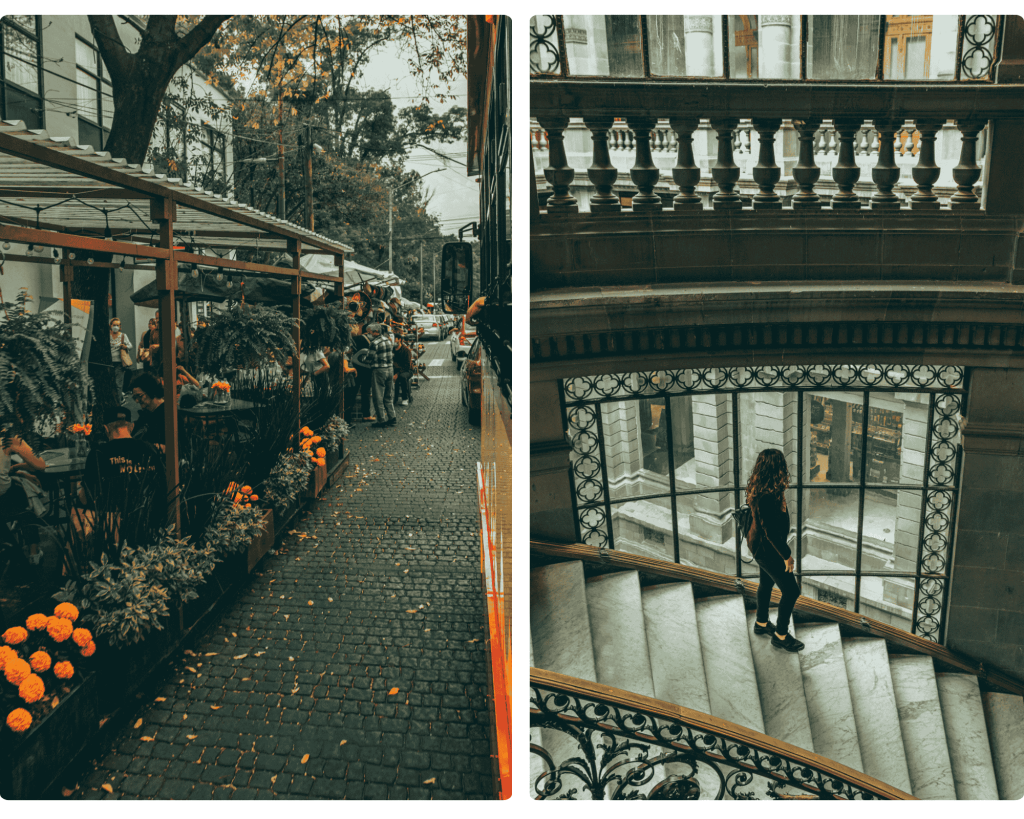
Best seasons to be in CDMX
CDMX has a temperate climate for most of the year, although rainy seasons can affect the experience.
Climate and its impact on the experience
- Dry season (November to April): This is the best time to be in the city, as the weather is mild and there is less rainfall. Daytime temperatures are around 20-25 °C, making it easy to move around and enjoy outdoor activities.
- Rainy season (May to October): During this period, rains are frequent, especially in the afternoon. Although the city remains functional, it’s important to plan activities to avoid setbacks.
When is the best time to live in CDMX?
Spring (March to May) and autumn (October to November) are the best times to settle in the city, as the weather is more stable and there are fewer tourists, making it easier to find accommodation and avoid crowds.
Cost of living as a digital nomad in CDMX
Living in CDMX can be quite affordable compared to other large cities in the world, although costs can vary according to lifestyle.
Accommodation and co-working
- Monthly rents: In areas such as Condesa, Roma and Polanco, prices for a furnished flat range from $15,000 MXN to $25,000 MXN per month, or from $743 US to $1,240 US. In less central neighbourhoods, costs can drop to $10,000 MXN or less, or about $495 US.
- Co-working spaces: CDMX has a wide range of popular co-working spaces such as WeWork, Selina and Homework. The average cost of a monthly membership ranges from $2,500 MXN to $5,000 MXN, depending on location and services included, i.e. between $123 US and $247 US.
Food and transport
- Monthly food: Food costs can be around $4,000-6,000 MXN per month ($200-300 US), depending on whether you cook at home or eat out.
- Transport: Getting around the city is cheap. A monthly metro pass costs $100 MXN ($5 US), and Uber or Didi services have affordable fares, although they can increase during peak hours.
Leisure and entertainment
- Leisure activities: Access to museums is very cheap, with tickets costing between ·$80 and 150 MXN ($4-8 US). In addition, many offer free access on Sundays. Memberships at gyms such as Smart Fit start at $600 MXN ($30 US) per month.
- Events and festivals: Festivals such as Corona Capital or Vive Latino may have high entry costs, but they are unique experiences that are worth the investment.









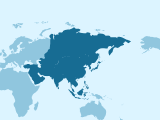



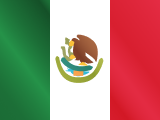
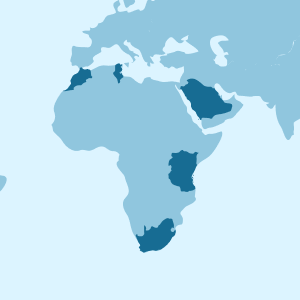



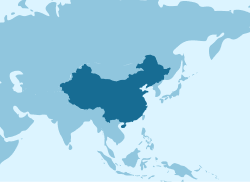




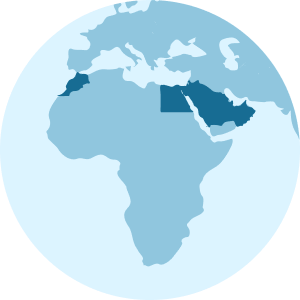
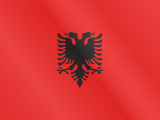

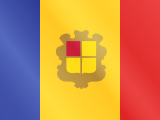


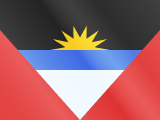
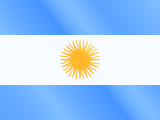
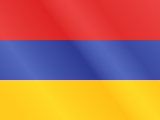
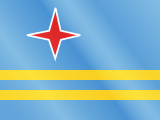





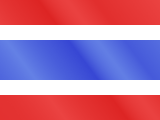







 Pay
Pay  Language
Language  Currency
Currency 


















 No results found
No results found



